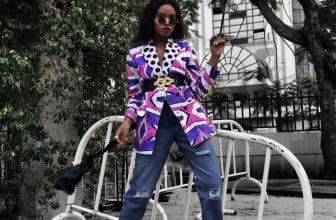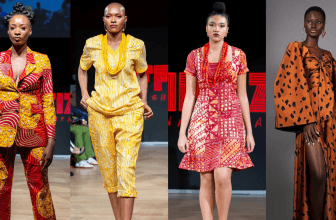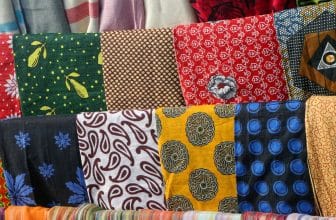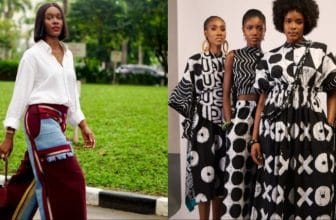From Fabric to Fashion — The Journey of a Textile
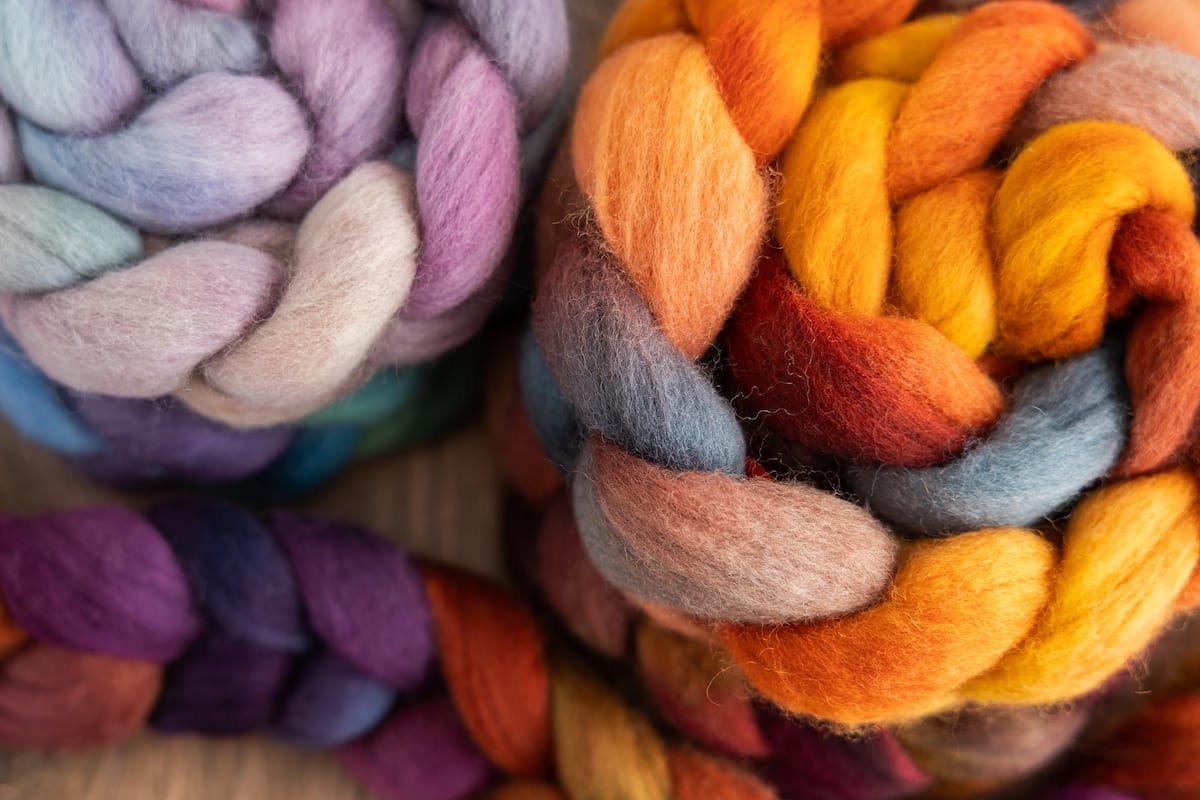
Introduction
Have you ever stopped to wonder where your favorite shirt or dress truly began?
Behind every fabric lies a hidden world — of growers, spinners, dyers, and designers — each adding their own touch to a remarkable story.
The journey of a textile is more than a process; it’s a reflection of creativity, patience, and craftsmanship that turns ordinary fibers into extraordinary fashion.
Let’s take a slow, detailed walk through this transformation — from humble raw material to finished masterpiece.
1. The Birth of the Fiber
It all begins with nature — or science.
Cotton blooms in sunlit fields, silk is spun by patient worms, wool is sheared from sheep, and synthetic fibers like polyester are born in labs.
Each fiber has its own personality.
Cotton breathes. Wool insulates. Silk shimmers. Polyester resists.
Understanding these traits is the first step in the fabric production process — where creativity meets chemistry.
2. Spinning — Turning Fibers into Threads
Once fibers are harvested or produced, they’re cleaned, combed, and twisted into yarn.
This stage might look simple, but it’s the foundation of everything to come.
Spinning determines strength, smoothness, and flexibility — qualities that decide whether a fabric becomes soft linen or structured denim.
Every spool holds potential.
3. Weaving or Knitting — Building the Fabric
Now the real magic begins.
Yarns are woven or knitted together, forming textures, patterns, and surfaces.
• Weaving uses a loom — interlacing threads in crisscross patterns to create structured fabrics like twill, satin, or poplin.
• Knitting loops yarn into elastic, breathable materials — like jersey or ribbed cotton.
This is one of the most delicate textile manufacturing stages — where engineers and artisans blend precision with creativity.
4. Dyeing and Printing — Bringing Color to Life
Color transforms a blank canvas into emotion.
Natural or synthetic dyes give fabrics their tone, while printing adds unique identity — from classic stripes to bold florals.
Eco-conscious brands today are exploring natural dyes and low-water digital printing, making this stage not only artistic but sustainable.
No matter the method, this is where fabric finds its voice.
5. Finishing Touches — The Feel and Function
Before a fabric reaches a designer’s hands, it’s treated for durability, softness, or special effects.
Some are brushed for comfort, coated for shine, or treated to resist wrinkles or water.
These subtle tweaks define how a garment feels and performs — the difference between a stiff uniform and a flowing evening gown.
6. Design — When Fabric Meets Imagination
This is where creativity takes center stage.
Fashion designers drape, sketch, and cut fabric, turning potential into personality.
Every decision — from silhouette to seam — transforms raw material into style.
Here, fashion design from fabric becomes storytelling.
The designer becomes the author, the fabric the language.
7. The Final Stitch — From Pattern to Person
After cutting and sewing, each piece goes through fitting, refining, and quality checks before it reaches the customer.
The moment you wear it, the journey continues — because fabric only truly lives when it’s worn.
Every wrinkle, every memory, every scent you leave on it becomes part of the story.
Conclusion
The journey of a textile reminds us that fashion is more than trends — it’s transformation.
From field to fabric, and from sketch to seam, every step holds beauty, skill, and emotion.
Next time you put on your favorite outfit, pause for a second.
You’re not just wearing clothes — you’re wearing someone’s art, effort, and imagination.



